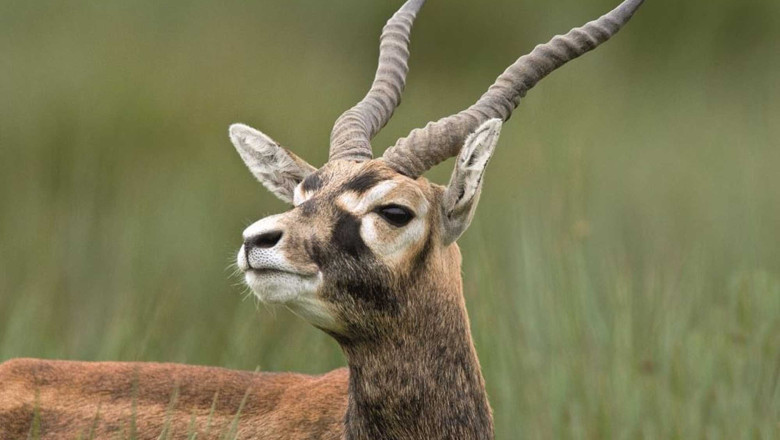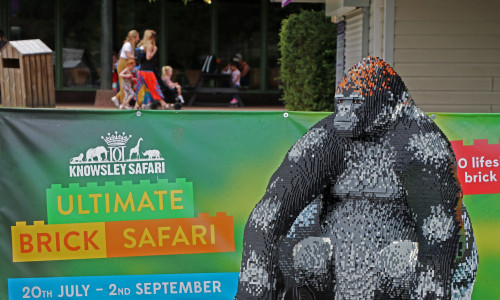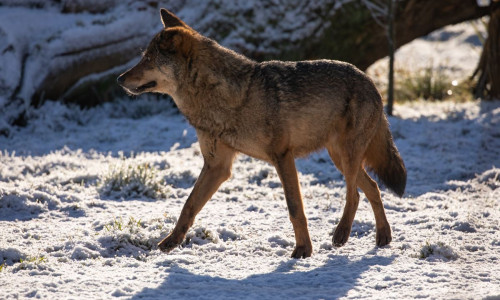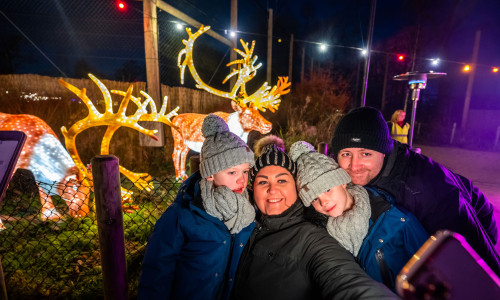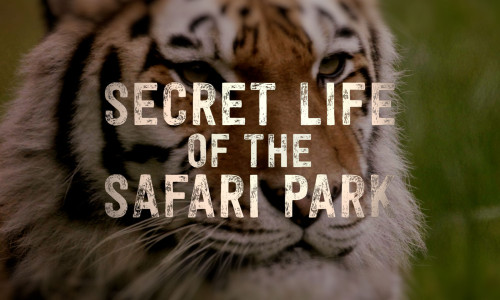Category: Top News
Published on: December 9th, 2020
At Knowsley Safari, the safety of guests, staff and animals is our main priority. If there’s severe weather forecast we sometimes we need to take extra precautions to keep everyone safe such as in strong wind, ice and snow. The safari is open in all seasons and with over 500 acres of woodland, fields, lakes and ponds, there is lots to explore! We want this experience to be as safe as possible so although our lovely natural environments are beautiful, sometimes they can be dangerous which is why when the weather makes a turn for the worse we have plans in place that might affect your visit. A question we get asked is Knowsley Safari open in bad weather? Well to answer this we’ll look at a few types of weather that might change a day out at Knowsley Safari and some interesting things that you can see and do.
Wind
We love our big mature trees, but they also have big branches, so in strong wind some areas of Knowsley Safari will be closed. We monitor wind speed so that if it gets to dangerous levels, areas with trees are closed off for everyone’s safety. Occasionally, the wind can mean the safari park needs to remain closed entirely.
Knowsley Safari is a unique day out and a change of weather can make for a more interesting experience. Like other types of weather, the wind can change the behaviour of our animals. You can capture some fantastic images and video for social media that you just don’t get on a calm day.
Our top tip on a windy day is to spend a little longer with each species to spot any action. The hairy animals like the lions, camel, monkeys and bison look great with the wind blowing through their hair. Look out for animals in long grass too, the movement here will make for dramatic pictures. The wind can change how alert or active animals are as it masks the sounds around them so watch carefully for a surprise challenge from a stag or bull antelope.
Ice
The safari park is over 500 acres which includes the 5 mile Safari Drive and the Foot Safari. We have lots of road and paths so when it gets frosty out we treat the roads for ice before guests arrive. We aim to open as much of the park as possible but ice may mean we need to close some areas or the whole park.
If it’s icy then it’s cold and this creates a fantastic opportunity for amazing wintery photographs. An early morning safari drive, when the temperature is still low will give you a chance at capturing that iconic frosty image which is sure to get some comments. Top tip, find the larger animals on the safari drive, especially the bison and deer herds. Pick a time when they are feeding and watch as they graze for a few minutes before lifting their heads as they chew. As they breathe out, you can get amazing shots that tell a story of the cold weather and how tough animals like European bison really are. If it’s particularly cold you can also get great detail shots of frozen droplets on spider webs, branches, and long grass. Try to make these part of your picture or video.
Snow
Snow days turn the safari into a winter wonderland! But with this big change, comes some big challenges. Finding the road on the safari drive first thing in the morning is job number one. If the snow is really deep then it is likely we will remain closed for the first snowday as we clear the roads and make sure the animals have all they need within the shelters and houses. We always aim to have the park open as soon as possible because we know seeing the animals in the snow is a rare opportunity.
If there’s lots of heavy snowfall it means some animals have to be moved to heated housing but there are animals that are perfectly adapted to extreme cold and deep snow. The Amur tiger can survive winter temperatures of -50°C in the Russian Far East. Their thick winter coat keeps them cosy when walking through thick snow. Sometimes you can even see them rolling in it! Our top tip here is to check out our video ‘top 5 winter animals to see’ before your visit and layer up so you’re as comfortable in the cold as the tigers.
Rain
Knowsley Safari is located in the North West of England – so we’re used to a bit of rain. The safari is open in the rain and it isn’t something that bothers over 600,000 visitors that come to see us each year. With our 5 mile safari drive you can explore in your own vehicle or one of our buses. One question we get about a visit in the rain is can you still see the animals? Our answer is always yes. The animals have access to the safari drive or their shelters and you can still see them even in the rain. Occasionally we can have excessive rainfall that can cause flooding of some paths. This is often a short term problem and when this happens we will close any effected areas.
Some of our animals love a shower! Summer rainfall can make the rhino head for the mud wallows. You can watch them mud rolling during the rain in the video below. If you’re looking for a striking image of nature and the outdoors then rain can help you make this come to life in your picture or video. Rain adds texture to the fur of animals and will add drama to your background. Try out a slow motion video and add more impact to your clip as the animals move through the rain. It’s also great for adding reflection in your pictures with puddles or fast shutterspeed splashes to see every drop!
While sometimes the weather can mean we need to make changes, if we’re open then there is always something to see and do. Every visit is a great opportunity to get some amazing images and video. Come prepared, stay warm and check the website before you set out for the latest information and changes to our opening times during bad weather.




